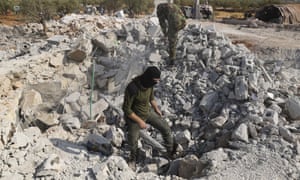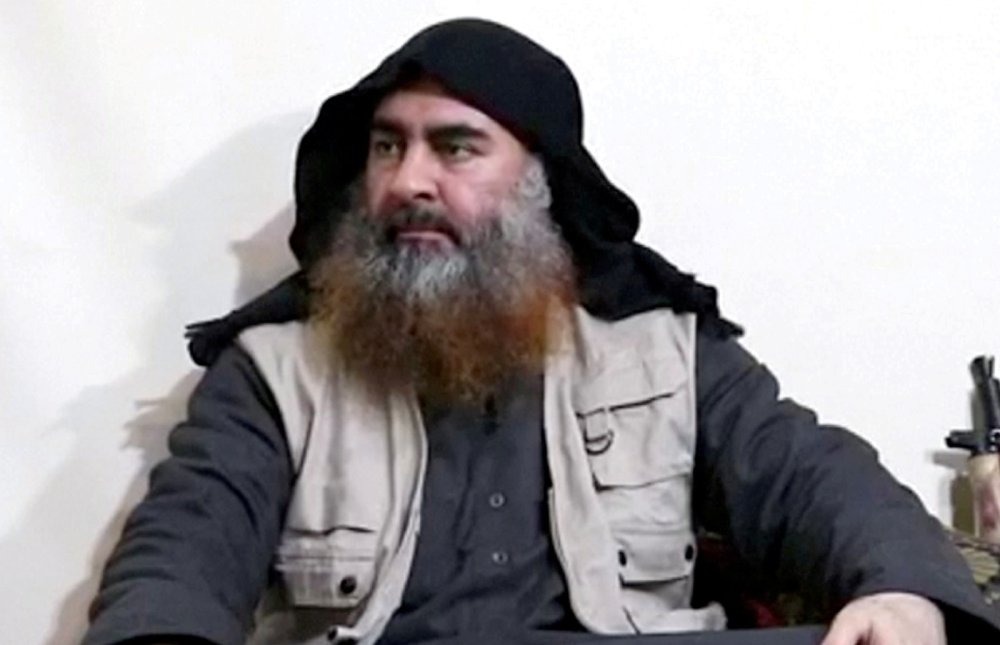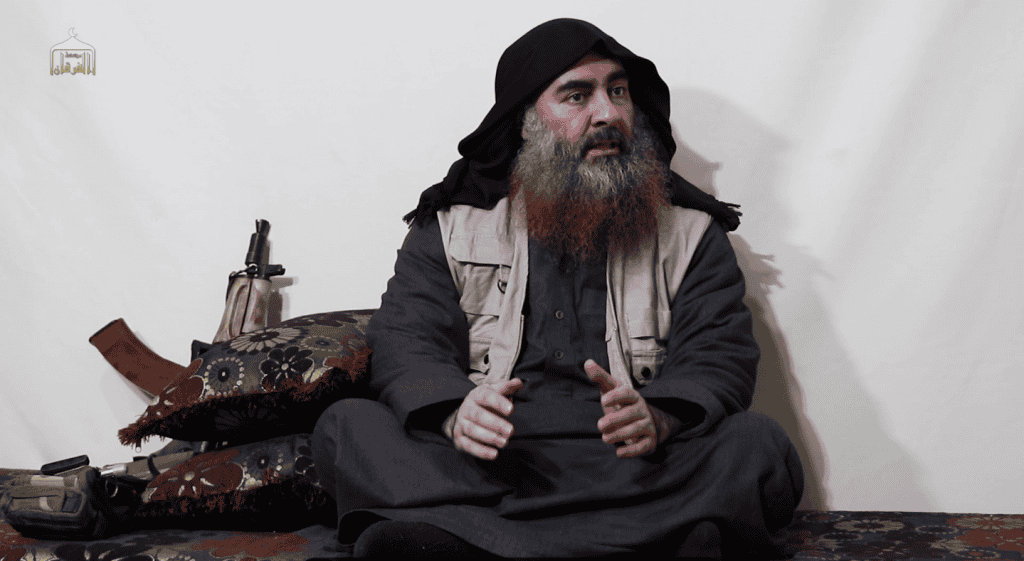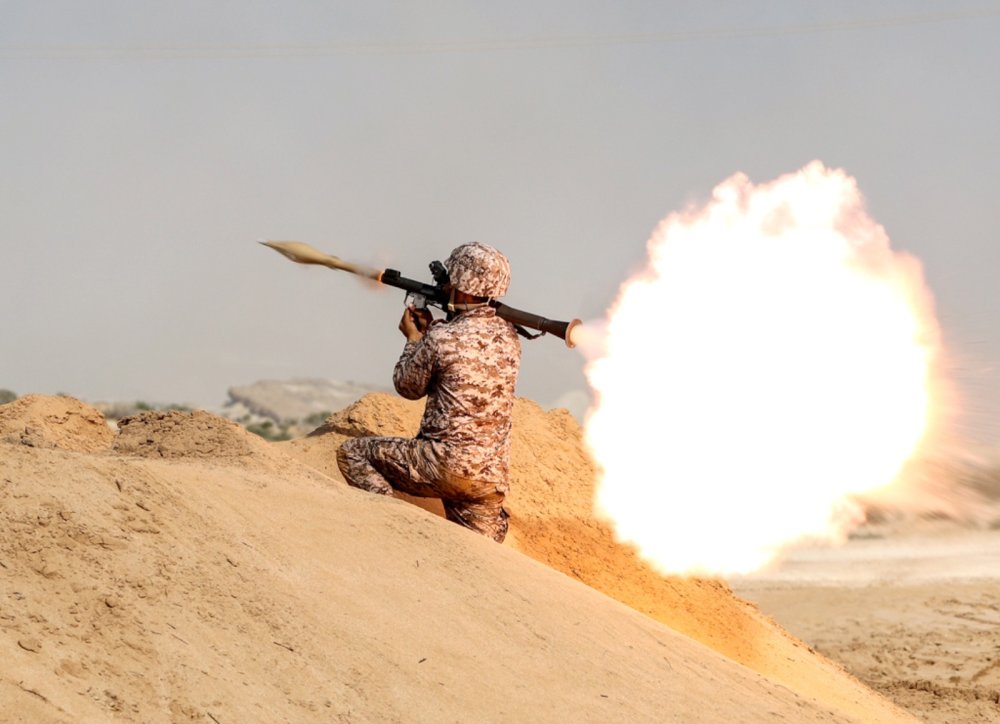by Kathy Gannon
Representatives of Russia, China, the United States and Pakistan have agreed that negotiation is the only road to peace in Afghanistan, including an early resumption of direct U.S. talks with the Taliban.
The day-long talks in Moscow on Friday came ahead of an intra-Afghan dialogue to be hosted by China. The Beijing talks, which initially were to be held next week, have been postponed, according to officials familiar with the talks. Speaking on condition they not be identified because of they were not authorized to talk about the subject, they said the postponement would be brief but no new date was given.
When the China talks take place, they will be the first face-to-face discussions between Afghan warring sides since July. Even President Ashraf Ghani, who has objected to any talks not led by his government, said late Friday that he would send representatives.
There has been no official announcement of a postponement, but previous intra-Afghan talks have been delayed while both sides squabbled over participants…


















/arc-anglerfish-arc2-prod-mco.s3.amazonaws.com/public/HOO5DGZ2UVCG5BGNRSULQ2SSXI.jpg)

